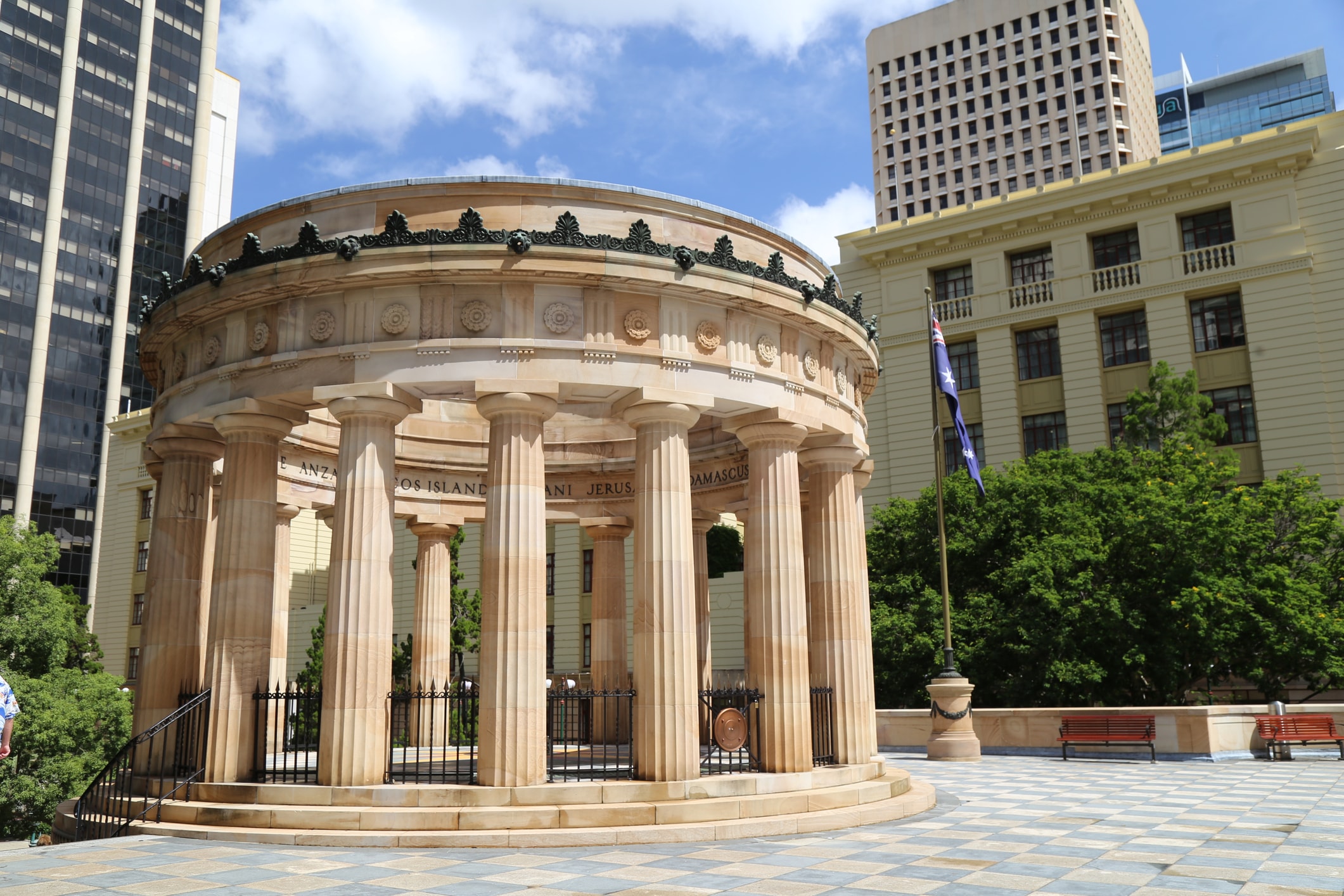Radon risk in the Brescia area: values above the threshold in 19 municipalities.
The critical areas
A significant problem: the picture that emerges from the Higher Institute of Health requires attention. Suffice it to say that in the province of Brescia there are 19 municipalities in critical areas out of a total of 90 in the entire region.
But what is it?
Radon is a noble gas, radioactive and not very reactive from a chemical point of view, which is normally expelled from the body immediately after being inhaled. The real source of exposure to radiation is due to its decay products (the “children”), also radioactive, which attach themselves to atmospheric dust and irradiate the lung and bronchial tissue where this dust is introduced through breathing. The DNA of the affected cells can be damaged and if the cellular repair mechanisms are not sufficient, lung cancer can develop, even after years.
Taken from the arpalombardia.it website
In the waters
In our region ARPA has been systematically carrying out radiometric monitoring of drinking water for around 20 years, and in particular the systematic control of the Rn222 parameter has been carried out since 2014. In total 824 samples were analysed, divided between the various provinces as shown in the table.
Randon risk in the Brescia area
In the Brescia area, the municipalities most at risk are: Anfo, Bagolino, Caino, Casto, Ghedi, Idro, Lavenone, Lodrino, Montirone, Odolo, Ponte di Legno, Sabbio Chiese, Temù, Vallio Terme, Valvestino, Vestone, Vezza, Vione and Vobarno .
List of Lombardy municipalities classified in priority areas
How to reduce the concentration of radon in environments?
There are in fact various ways to reduce the entry and concentration of randon in environments. Among these:
- Installation of radon-proof membranes
- Sealing joints, cracks, fissures, pipes
- Closure of unused suction pipes
- Laying drainage pipes under the building
- Creation of wells inside or outside the building for pressurization or, on the contrary, depressurization of the crawl space or the ground beneath the building
- Ventilation of the rooms can contribute, temporarily, to the dilution of the gas but is not normally a decisive intervention.


